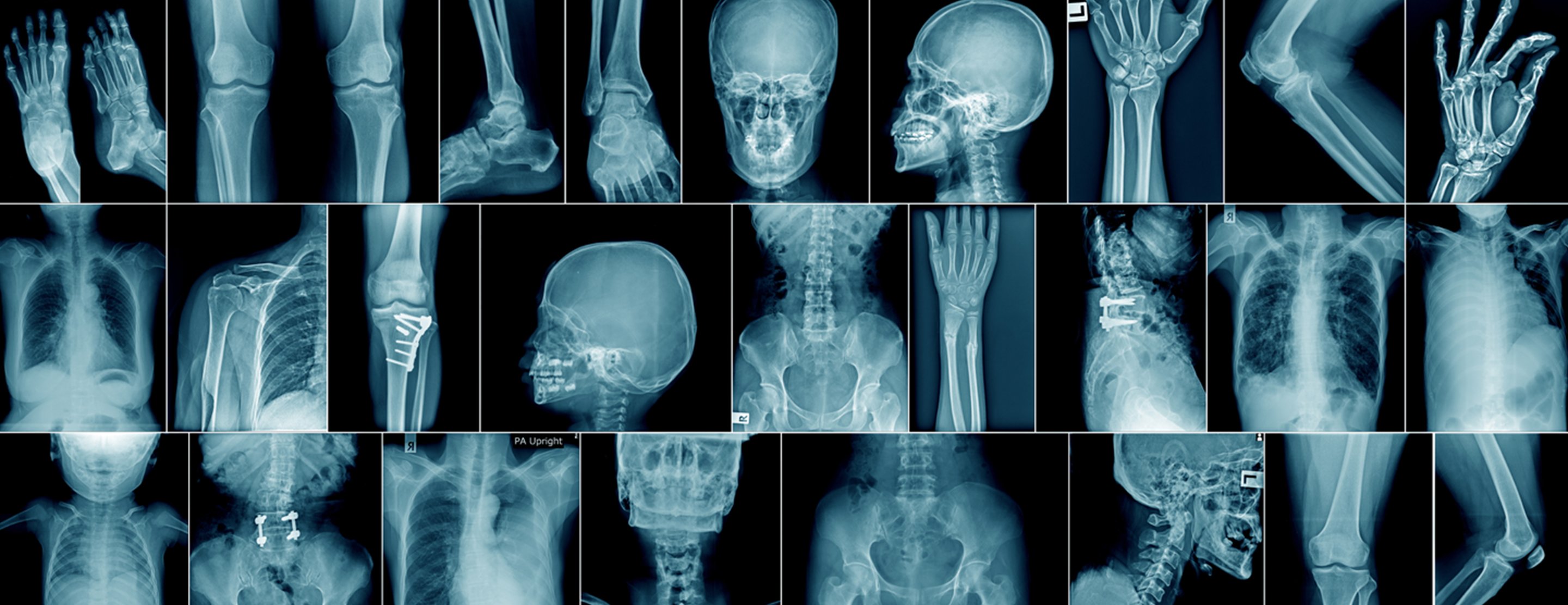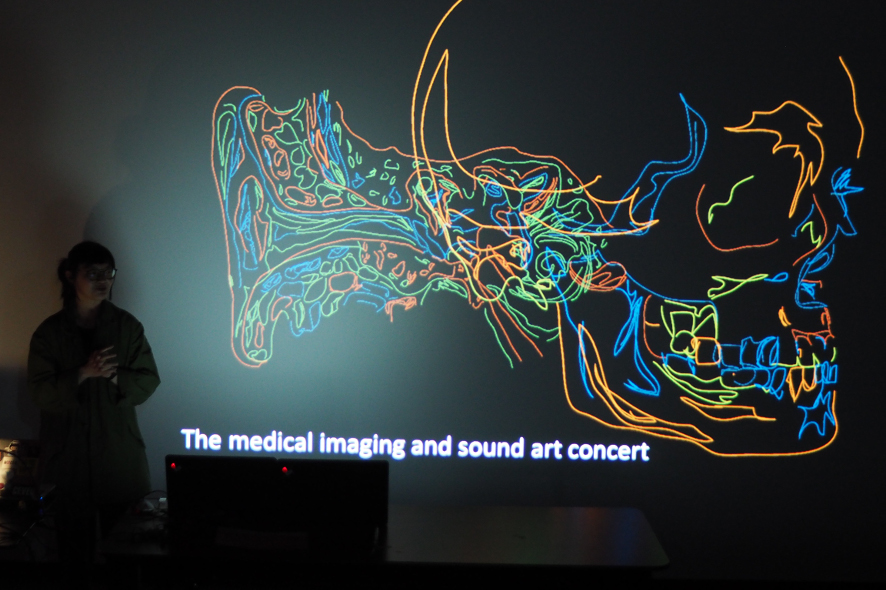ReginaKimDesma9
WEEK 4: MEDICINE+TECHNOLOGY+ART
 |
| X-Ray Skeleton |
In this week, we learned about how medical technologies intersect with art and how our perceptions of bodies are shifted with these advancements. One personal experience I have had with medical technologies was a dental X-ray. Wilhelm Conrad, a German physicist, produced electromagnetic radiation in a wavelength range known as x-rays (Lecture Part 2, Vesna). With the advancement of technology, "scientists were able to directly monitor the human body with high-quality images of organs, structures, and tissues" (Casini, p. 74). For example, magnetic resonance imaging (MRI) shows anatomical details by providing images of the human body. In "The Architecture of Life," Ingber mentions that "spherical groups of carbon atoms along with viruses, enzymes, organelles, cells and even small organisms all exhibit geodesic forms" (Ingber, p.55). This demonstrates how art plays a crucial role in medicine and technology as it provides scientists with a visual reference that allows them to better understand biological processes.
 |
| A modern ECT device made by MECTA |
As technology advances, new tools are continually being invented in the fields of medicine, technology, and art. For example, "the 3D printing technology represents a big opportunity to help pharmaceutical and medical companies to create more specific drugs, enabling a rapid production of medical implants"(Aimar). Additionally, medical schools are discovering that "teaching the arts to medical students helps them sharpen their observational skills and teach them to be more empathetic" (Hajar).
 |
| Medical imaging and sound art |
Works Cited
Vesna, Victoria. “Module:4 Lecture Part 2,” DESMA 9. UCLA, 2024.
Casini, Silvia. “Magnetic Resonance Imaging (MRI) as mirror and portrait: MRI configurations between science and the arts.” PubMed, https://pubmed.ncbi.nlm.nih.gov/22371981/. Accessed 25 April 2024.
Hajar, Rachel. “What has Art to do with Medicine?” NCBI, https://www.ncbi.nlm.nih.gov/pmc/articles/PMC5965014/. Accessed 25 April 2024.
Ingber, Donald E. “The Architecture of Life.” JSTOR, https://www.jstor.org/stable/26057622. Accessed 25 April 2024.
Palermo, Augusto. “The Role of 3D Printing in Medical Applications: A State of the Art.” Hindawi, 21 March 2019, https://www.hindawi.com/journals/jhe/2019/5340616/. Accessed 25 April 2024.
Images
“X-ray - skeleton.” UCSF Health, 27 April 2023, https://www.ucsfhealth.org/medical-tests/x-ray---skeleton. Accessed 25 April 2024.
Landon, Astrid, et al. “The Persistent Mysteries of Electroconvulsive Therapy.” Undark Magazine, 28 August 2023, https://undark.org/2023/08/28/ect-electroconvulsive-therapy-mental-illness/. Accessed 25 April 2024.
Weikard, Lara. “Medical technology and art make a wonderful match! – Ars Electronica Blog.” Ars Electronica, 21 June 2017, https://ars.electronica.art/aeblog/en/2017/06/21/medizintechnik-und-kunst/. Accessed 25 April 2024.

Hi Regina, I really enjoyed reading your post this week. Your discussions on X-rays, MRIs, and 3D printing technology perfectly demonstrates why a combination of med-tech and art is crucial for developing the medical sector further. Your point on how medical students learning art become more empathetic was interesting to me; since the medical field is very service-oriented, it makes sense to evaluate the personality of medical workers as well.
ReplyDelete